The Smart Garden is being built to serve as a platform for future robotic farming systems. I believe that there is fundamental shortcoming in the Urban Farming movement, which is getting individuals to once again grow their own food. My idea with The Smart Garden is to include as many components, sensors, and robotics as possible in order to obtain the data necessary to start building a more efficient agricultural infrastructure from networked IoT data.
Existing and planned components of the Smart Garden are listed below:
- Smart Garden Casing
- Raised bed system with the root zone housing enclosed in sheet metal, plywood, plastic wrap, and steel mesh. All raw materials were cut and mounted in segments so as to allow future access to specific areas of the garden.
- The goal was to reduce heat loss as much as possible order to get optimal data on Root Zone Optimization's impact.
- The plant accesses the atmosphere via a hinged greenhouse plastic roofing. The roofing has a hole for the plant's root stem.
- Smart Garden Irrigation and Feeding
- Three separate 5 gallon marine fuel tanks rest below the plant root zone. This is done to heat and cool the water supply in conjunction with the root zone.
- Water is pumped directly to the plant based on inputs from a water level sensor in the plant root zone.
- Liquid nutrients are pumped into each 5 gallon tank and are triggered via flow meters.
- A rain collection system dissipates a majority of the rain that falls on the surface area of the roofing system to a water reserve tank. The water reserve tank provides water to each marine tank and is connected via an inflow and overflow tubing system.
- The water reserve tank will serve as an Aquaponics system.
- Of the three planters in the Smart Garden, the outside two will grow tomatoes. The middle plant will grow basil. An Aeroponics system will be employed into this plant.
- Smart Garden Electrical
- The Smart Garden will be controlled by an Arduino Mega.
- Circuitry will first be hand soldered, then a shield will be printed, then a custom circuit board will be made.
- Relays will be used for future usability in higher power systems.
- A 12V wall wart will power The Smart Garden, Then a solar panel with battery charging station.
- Smart Garden IoT
- Smart Garden will log data via SD card.
- Wifi, Bluetooth, and possibly cellular will ultimately be utilized to log data, view real time data, and control the smart garden. Plotly, Carriots, and other third party cloud services will be tested.
- Design for a mobile app will commence within Android Studio, but testing of the many IoT development platforms will take place. Push notifications will be a large aspect of the development.
- Additional sensors such as photo resistors, humidity sensors, ph sensors...etc will be incorporated to enhance the data pool.
- Smart Garden Plant Support System
- A CNC based vertical caging system triggered by weight on sensors of each section of the system. When the weight on a segment of the caging system reaches the optimal amount, a CNC controlled robotic arm will raise and attach one end of the support wire to an elevated hook. This will have the impact of supporting a specific amount of plant for fruiting as well as closing off this section of the plant from incoming growth.
- Just purchased the Intel RealSense SDK. Oh yea!!!!
The goal of The Smart Garden is simple...reduce the cost of food.
 Frank Vigilante
Frank Vigilante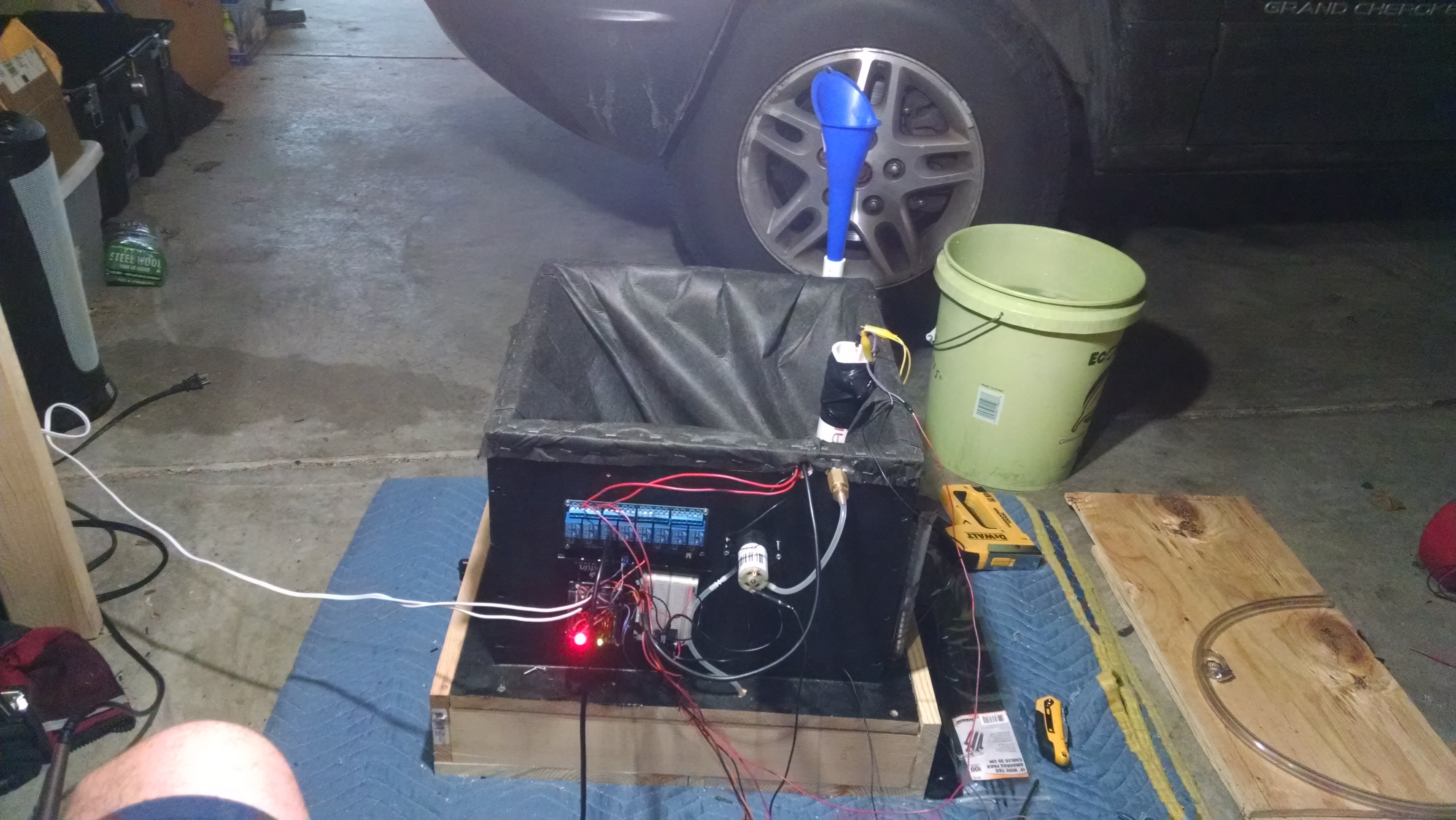 - Explanation of its functions will also be provided at the new project page:
- Explanation of its functions will also be provided at the new project page: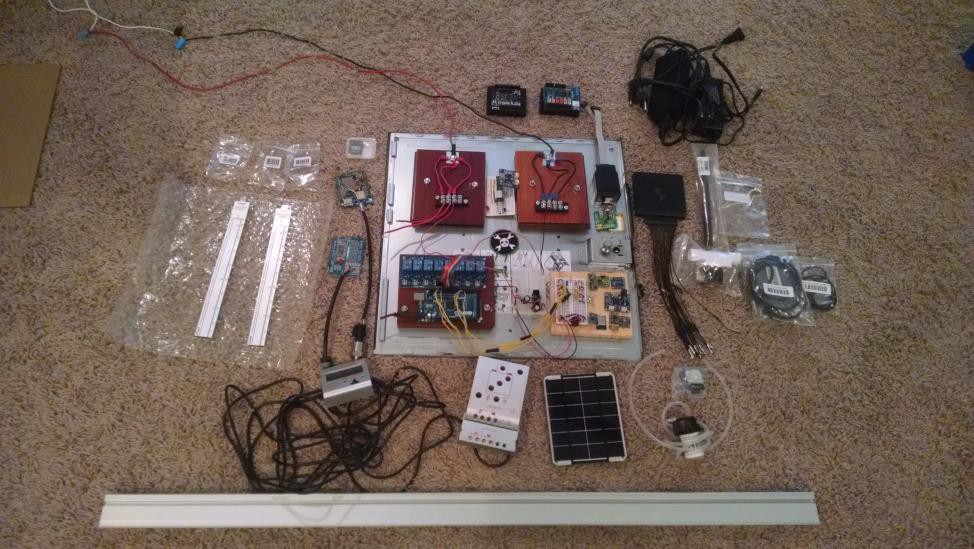
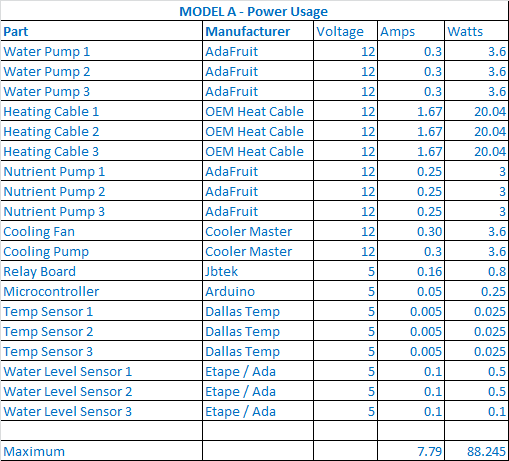
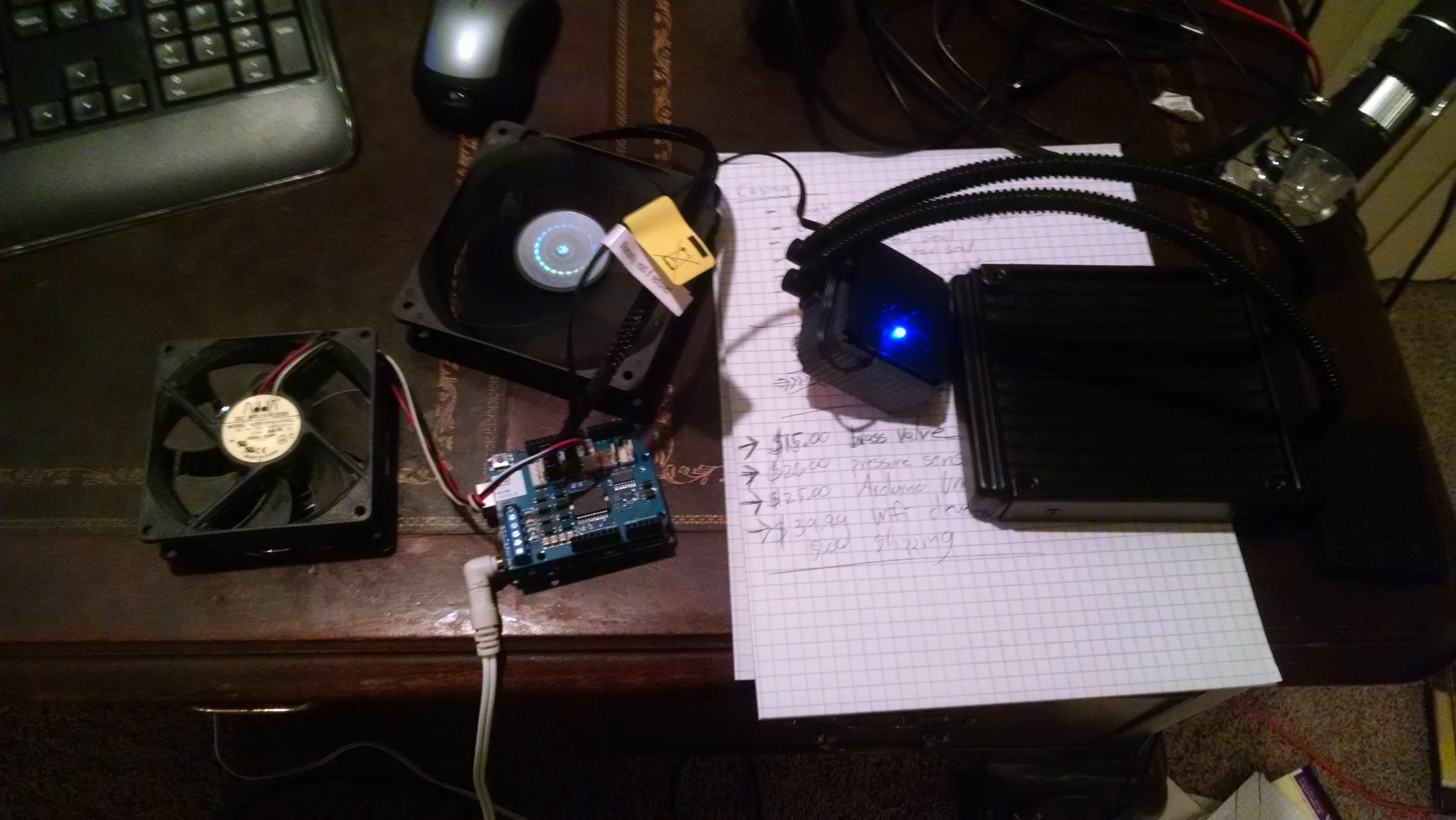

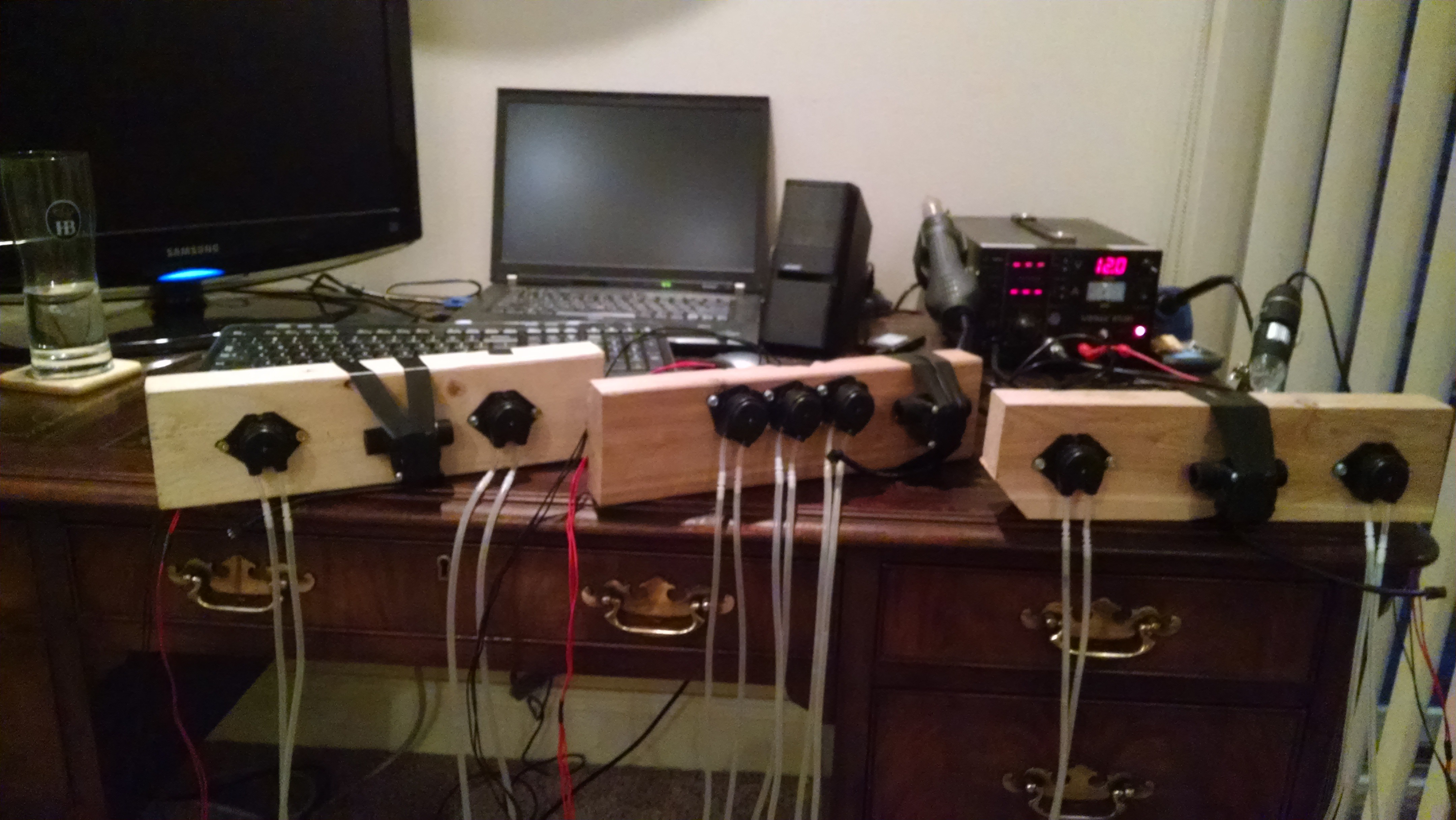
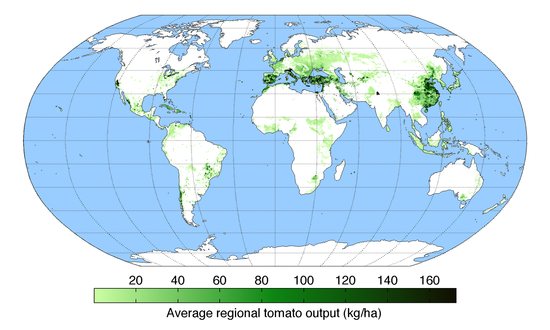


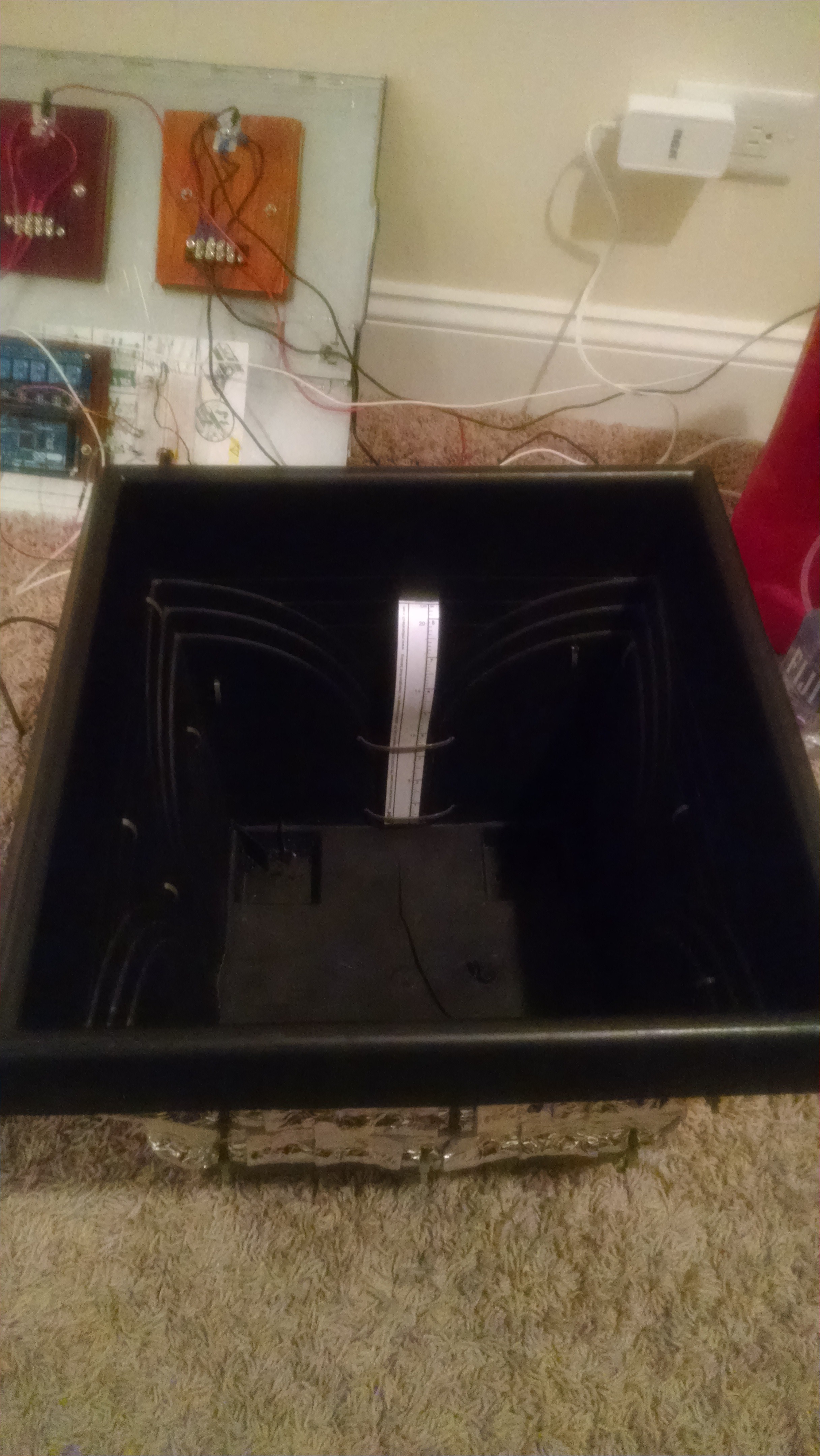



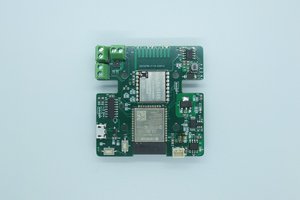
 YJ
YJ
 Laurence
Laurence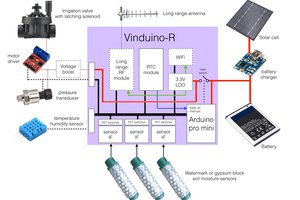
 Reinier van der Lee
Reinier van der Lee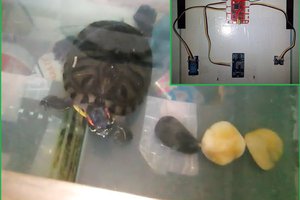
 Guillermo Perez Guillen
Guillermo Perez Guillen
Hi I saw you project in the list of winners for the LightBlue Bean! Looking great! I'm also building an intelligent garden controller for my entry, I'm going more of a custom hardware route but yours looks like its coming along very nicely, I look forward to how your turns out, good luck!!